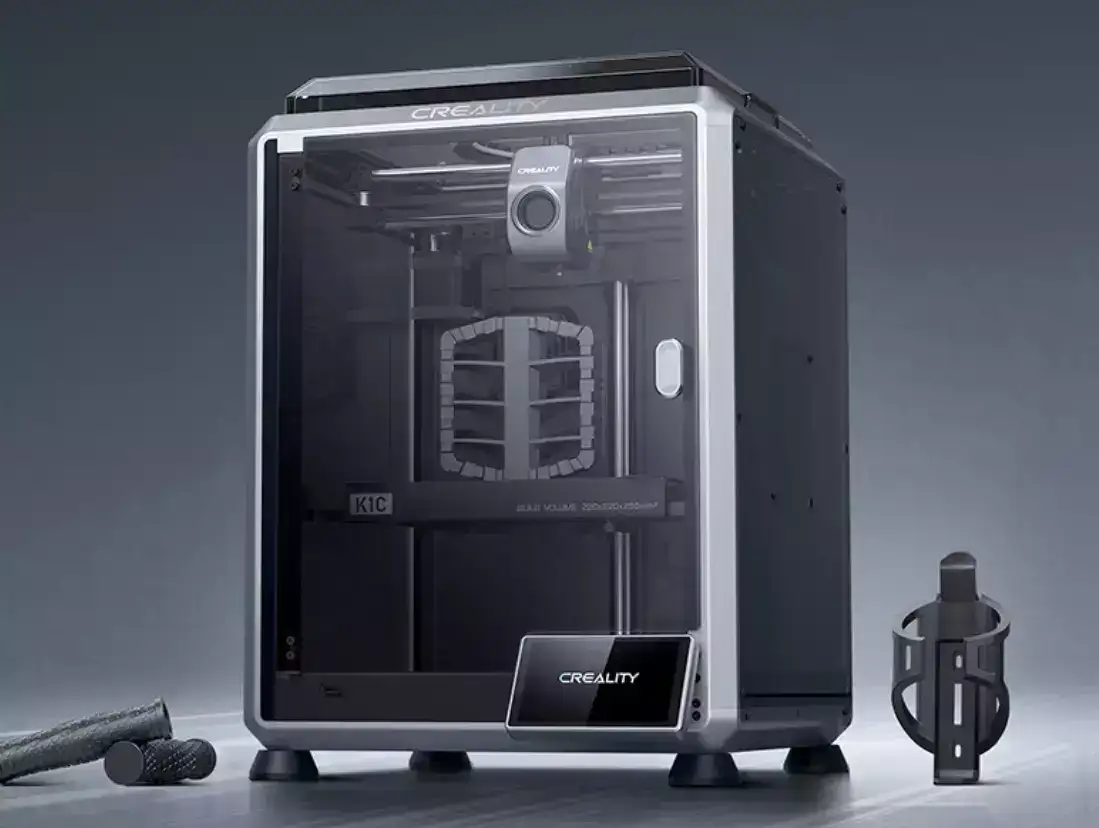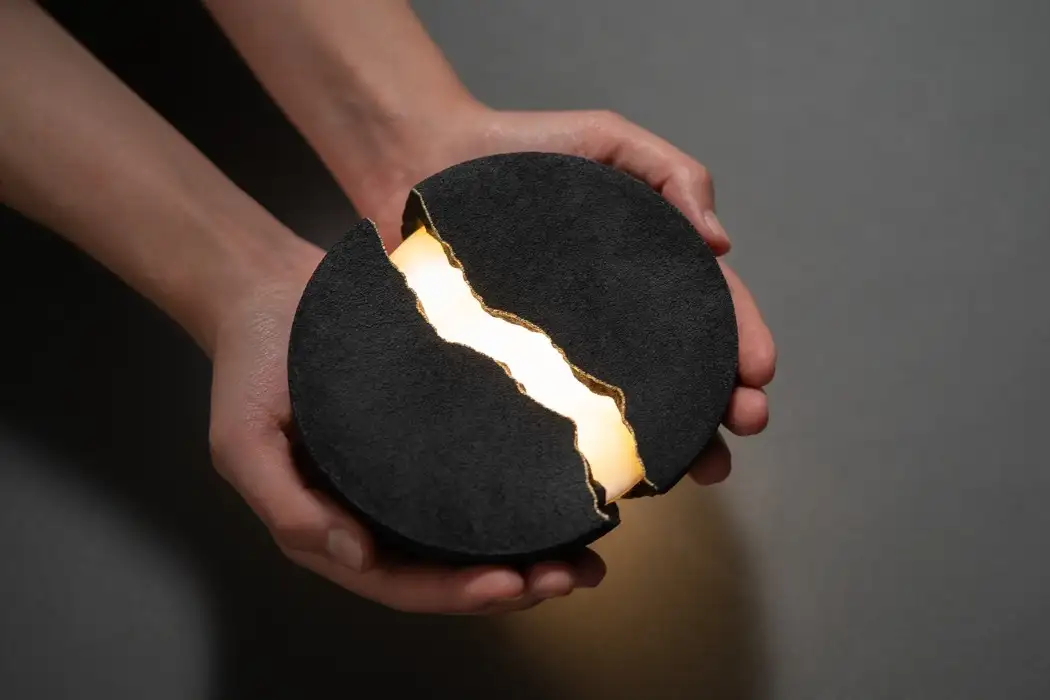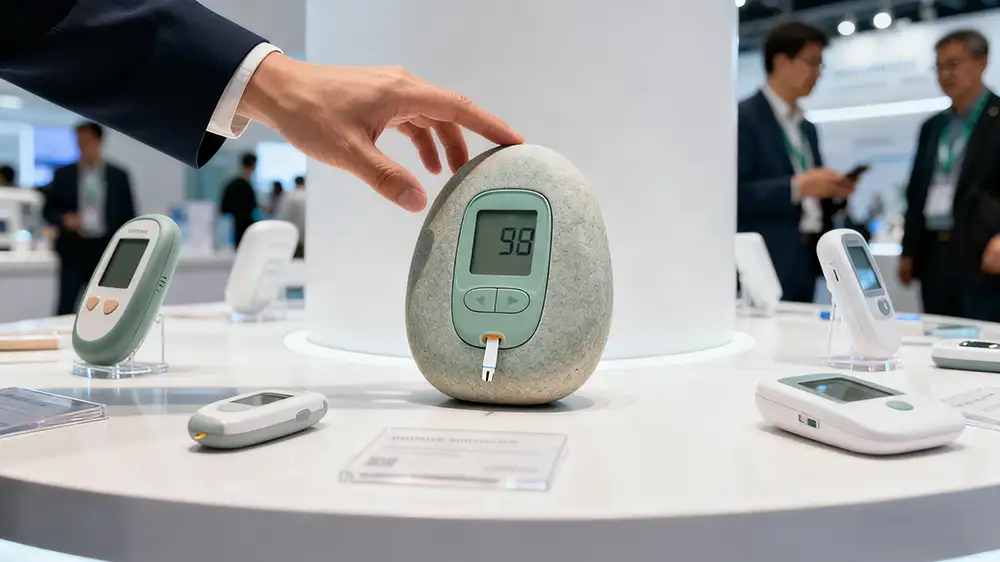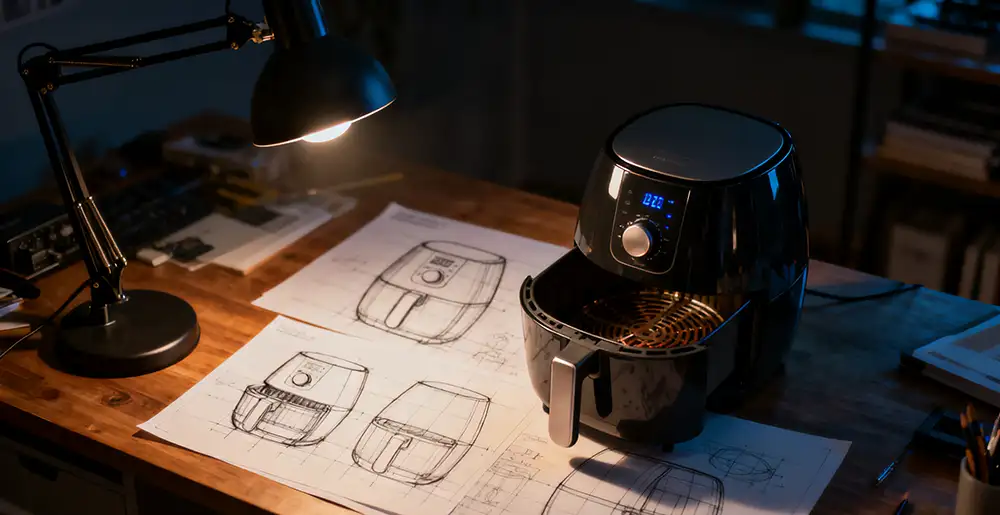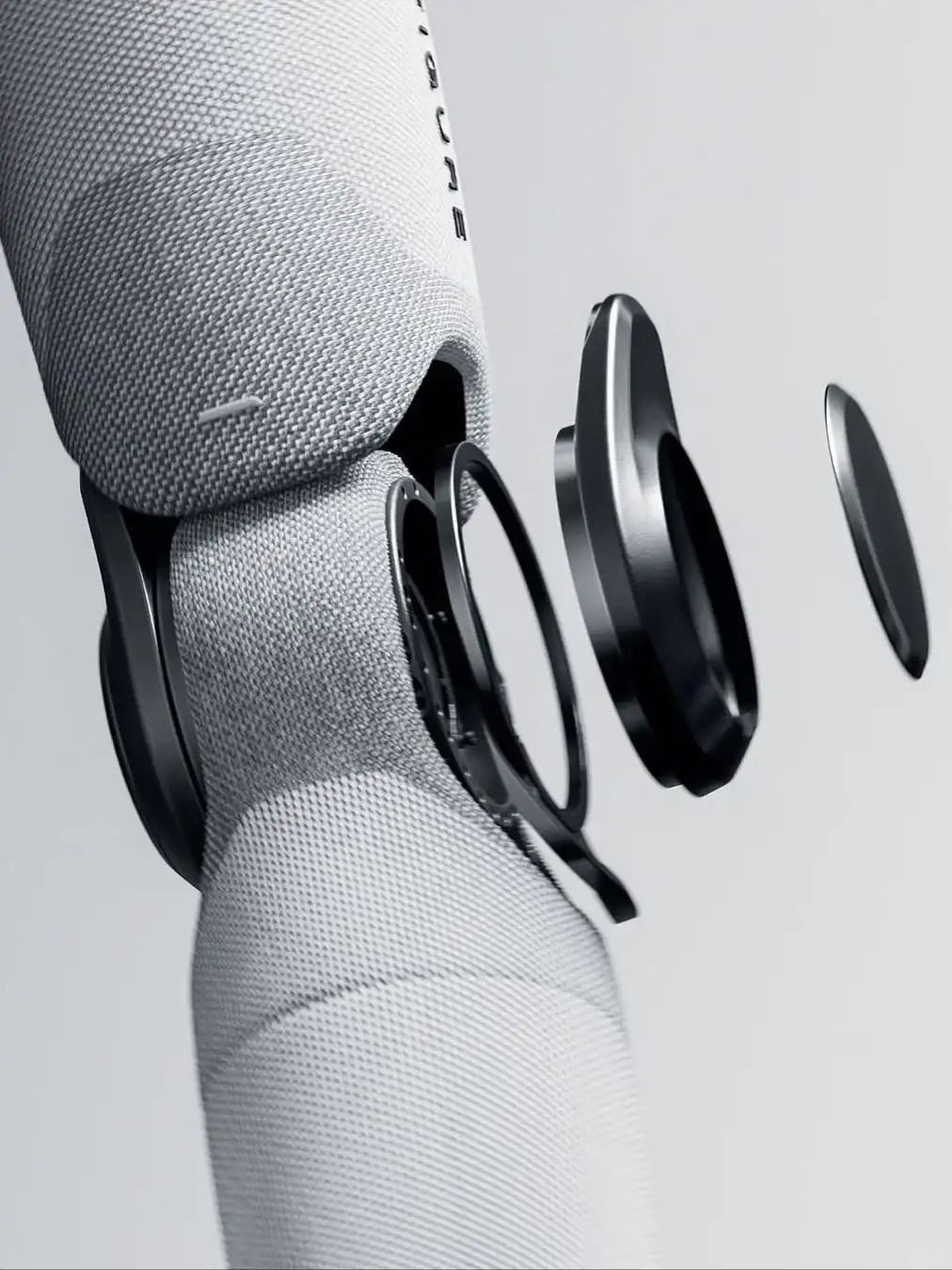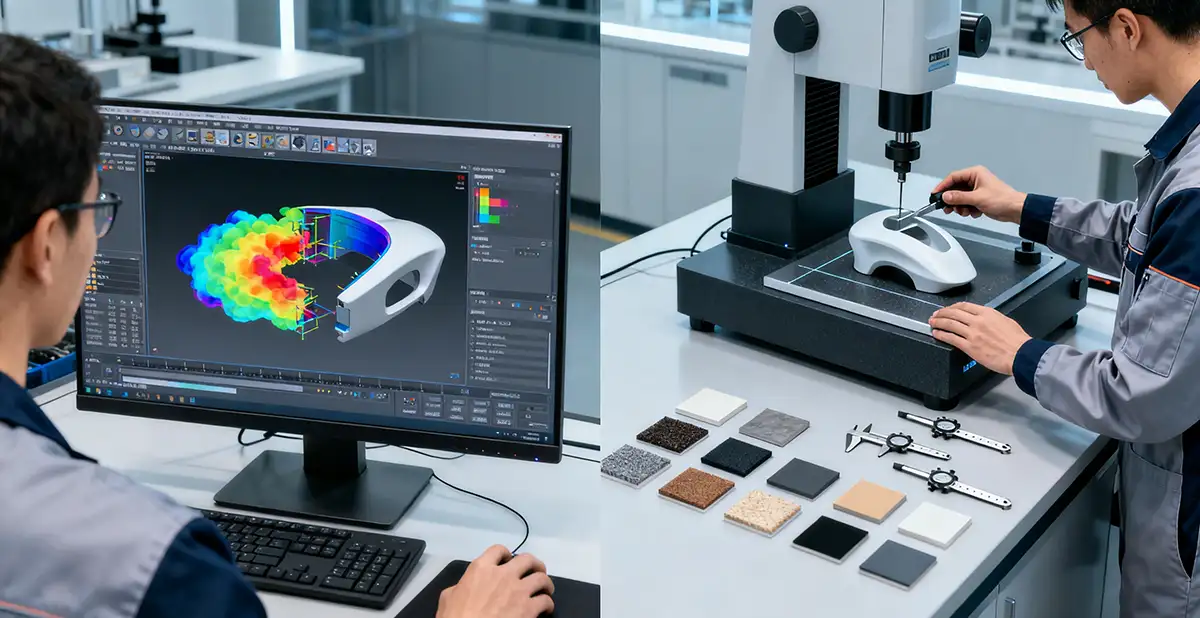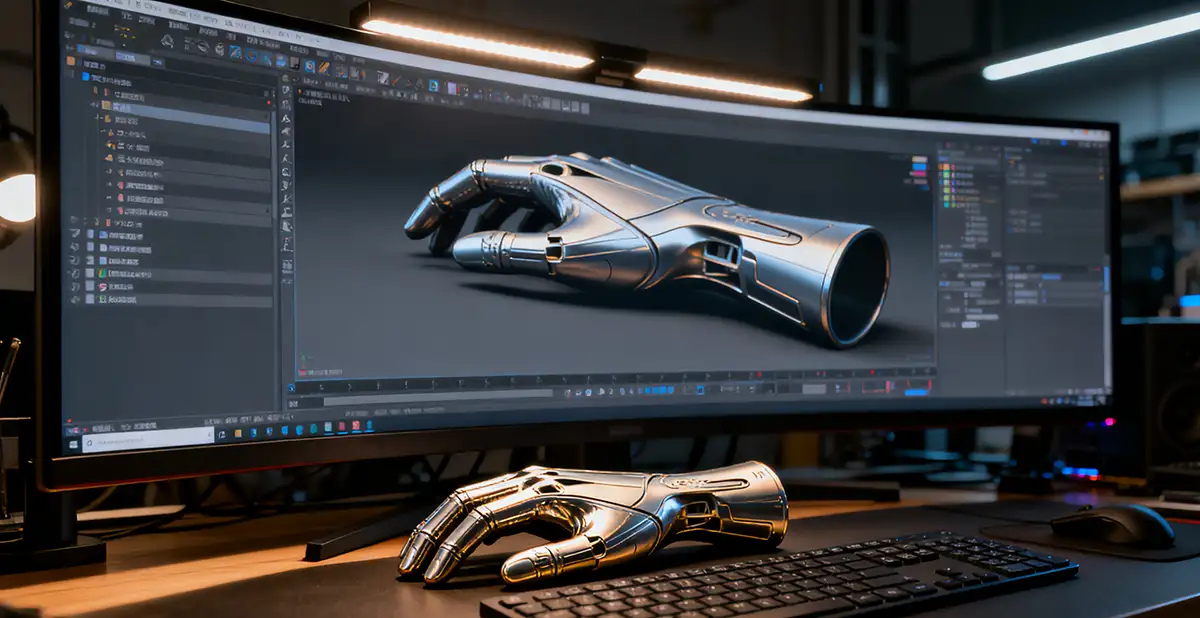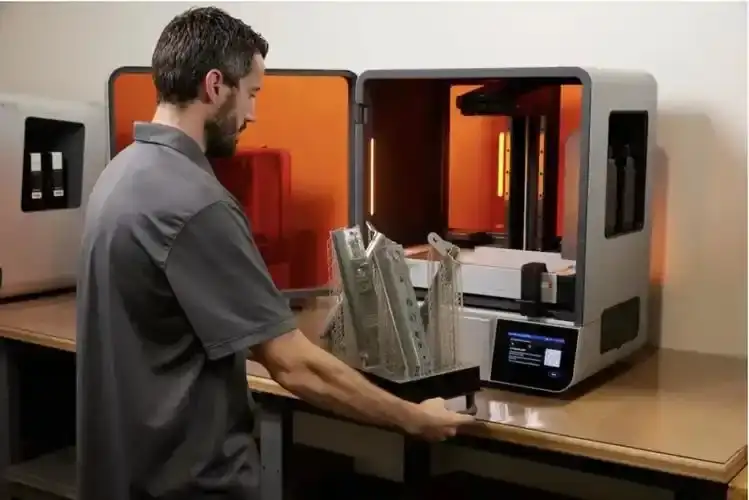NINEIDEA:作为工业设计师,对产品设计结构认知的深化是一条永无止境的修行之路。这条路没有捷径,但有一些方法能让成长更加扎实。结构认知的深化,本质上是一场从“设计师”到“造物者”的蜕变。它要求我们既要有画图的精准,又要有匠人的手感;既要尊重传统智慧,又要拥抱新的可能。当你设计的结构不再只是图纸上的线条,而是能够优雅地解决实际问题;当老师傅拿起你的产品微微点头时——你会知道,这条路,走对了。
@NINEIDEA九号创新 www.nineidea.com
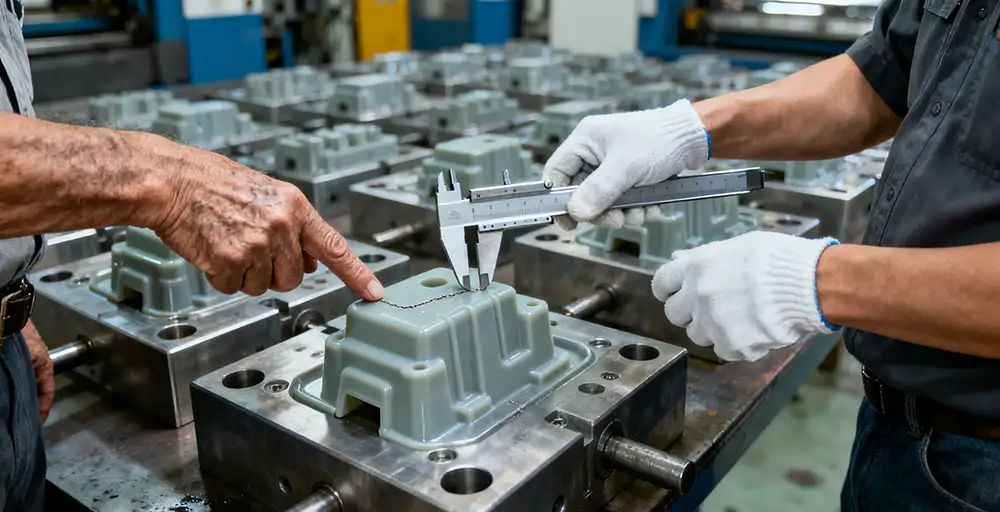
一、放下鼠标,走进车间
真正理解结构的设计师,手上都带着车间的记忆。
有位前辈曾说:“画得出的是图纸,画不出的是材料的脾气。”他要求团队每个新人都要在模具车间待满三个月——不是参观,是亲手操作。当你看着自己设计的结构在注塑时出现缩水,当你亲手感受顶针位置偏差0.1毫米带来的卡扣问题,这些经历会比任何教科书都更深刻地教会你什么是可制造性设计。
在深圳,那些最受尊敬的设计师都有一个共同习惯:他们的办公桌上总放着最新的试模零件。不时拿在手里把玩、拆卸、甚至用力弯曲——不是在破坏,而是在与材料对话,聆听结构发出的声音。
二、学会用三种语言思考
优秀的结构设计师必须是“三语者”:
- 对用户,用体验的语言——这个卡扣的声音是否清脆悦耳?
- 对工程师,用功能的语言——这个壁厚能否满足UL94-V0阻燃等级?
- 对制造商,用生产的语言——这个倒角能否避免模具上的薄钢?
记得我第一次设计带滑盖结构的产品时,自信满满地画好了所有配合尺寸。直到在装配线上,老师傅把我的设计图放在一旁,仅凭手感就指出三处问题:“这里留0.3毫米虚位,不是精度不够,是给热胀冷缩留的余地。”
那一刻我明白,真正的结构认知不仅是懂得理论上的配合公差,更是理解材料在真实环境中的“呼吸”。
三、在失败中寻找真知
我保留着一个失败的作品——那个因为结构干涉导致量产报废的智能音箱外壳。它被我放在书架上最显眼的位置,不是耻辱,而是警示。
每个资深设计师都有自己的“失败博物馆”:
- 那个测试时断裂的卡扣,教会了你纤维取向
- 那次装配线的停滞,让你理解了防错设计的重要
- 那个在运输中损坏的产品,让你意识到包装也是结构的一部分
这些教训比成功更珍贵,因为它们直指认知的盲区。
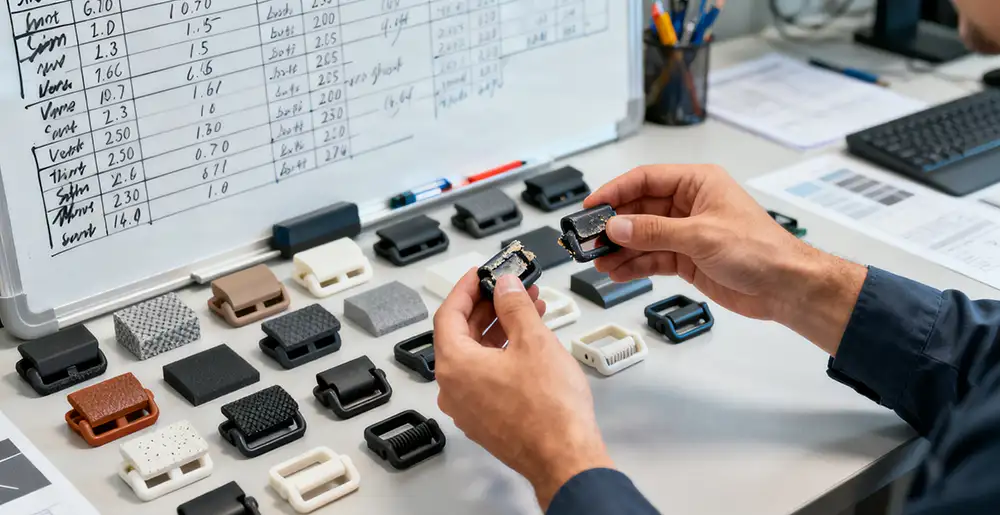
四、与不同时代的技术对话
在深圳,你会遇到各种“活化石”级别的老师傅,也会接触最前沿的3D打印技术。智慧在于知道什么时候该用什么工艺。
有位设计医疗器械的老工程师常跟我说:“不要看不起‘落后’的技术。”他设计的某个监测设备,在关键结构上选择了传统的弹簧钢片而非电动推杆——“不是做不到自动化,而是在这个地方,简单的机械结构比电子元件更可靠。”
同时,我们也要拥抱新的可能。随形冷却水路、晶格结构优化、DFAM(增材制造设计)——这些新技术正在重新定义“结构”的边界。
五、保持初学者的心态
在这个行业越久,越要警惕经验的陷阱。有次我看着一个新入行的设计师反复修改一个看似简单的结构,忍不住想指点。但当他拿出第七版方案时,我愣住了——他解决了一个困扰我多年的装配难点。
“我没学过那么多‘不可能’,”他腼腆地说,“所以就多试了几次。”
现在,我每个月都会找时间做三件事:
- 拆解一个经典产品的结构,无论是一个大家电还是一款小数码
- 多去生产车间待一天,不带目的,只是观察和帮忙
- 与不同领域的技术人员聊天,从结构到软硬件
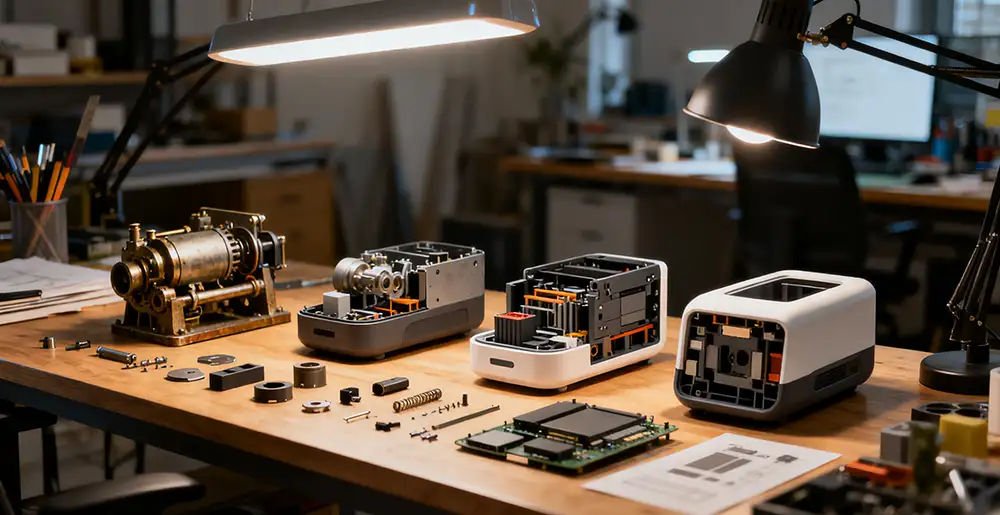
How industrial designers deepen their understanding of product design structure
NINEIDEA: As an industrial designer, deepening the understanding of product structure is an endless path of practice. There are no shortcuts on this path, but there are some methods that can make growth more solid. The deepening of structural cognition is essentially a transformation from a “designer” to a “creator”. It requires us to have both precise drawing and the touch of a craftsman; We should respect traditional wisdom while embracing new possibilities. When the structure you design is no longer just lines on the blueprint, but can elegantly solve practical problems; When the master picks up your product and nods slightly, you will know that you are on the right path.
1、 Put down the mouse and walk into the workshop
Designers who truly understand structure carry memories of the workshop in their hands.
A senior once said, “What can be drawn is a blueprint, what cannot be drawn is the temperament of the material.” He demanded that every new member of the team stay in the mold workshop for at least three months – not for sightseeing, but for hands-on operation. When you watch the structure you designed shrink during injection molding, and feel the snap problem caused by a deviation of 0.1 millimeters in the top pin position with your own hands, these experiences will teach you more deeply than any textbook what manufacturability design is.
In Shenzhen, the most respected designers have a common habit: they always have the latest trial parts on their desks. From time to time, they hold it in their hands to play with, dismantle, and even bend it forcefully – not to destroy, but to converse with the material and listen to the sound produced by the structure.
2、 Learn to think in three languages
An excellent structural designer must be a trilingual:
For users, in the language of experience – is the sound of this buckle crisp and pleasant?
For engineers, in functional language – can this wall thickness meet the UL94-V0 flame retardant rating?
For manufacturers, in the language of production – can this chamfer avoid thin steel on the mold?
I remember the first time I designed a product with a sliding cover structure, I confidently drew all the matching dimensions. Until on the assembly line, the master craftsman put my design aside and pointed out three problems based solely on his hand feel: “Leaving a 0.3mm virtual space here is not due to insufficient accuracy, but to leave room for thermal expansion and contraction
At that moment, I understood that true structural cognition is not only about understanding theoretical fit tolerances, but also about understanding the “breathing” of materials in real environments.
3、 Searching for True Knowledge in Failure
I keep a failed work – the smart speaker shell that was scrapped in mass production due to structural interference. It was placed in the most prominent position on my bookshelf, not as a shame, but as a warning.
Every senior designer has their own ‘Museum of Failure’:
The buckle that broke during the test taught you about fiber orientation
The stagnation of the assembly line made you understand the importance of error prevention design
The product that was damaged during transportation made you realize that packaging is also part of the structure
These lessons are more precious than success, as they directly point to the blind spots of cognition.
4、 Dialogue with technology from different eras
In Shenzhen, you will encounter various “living fossil” level masters and also be exposed to the latest 3D printing technology. Wisdom lies in knowing when to use what technique.
An old engineer who designs medical devices often tells me, “Don’t look down on ‘outdated’ technology.” One of the monitoring devices he designed chose traditional spring steel plates instead of electric push rods in the key structure – “It’s not that automation cannot be achieved, but in this place, simple mechanical structures are more reliable than electronic components
At the same time, we also need to embrace new possibilities. Adaptive cooling water channels, lattice structure optimization, and DFAM (Additive Manufacturing Design) – these new technologies are redefining the boundaries of “structure”.
5、 Maintain a beginner’s mindset
The longer you stay in this industry, the more you need to be wary of the pitfalls of experience. Once, I watched a newly hired designer repeatedly modify a seemingly simple structure and couldn’t help but want guidance. But when he came up with the seventh version plan, I was stunned – he solved a long-standing assembly difficulty that had troubled me.
I haven’t learned so much about ‘impossible’, “he said shyly,” so I tried a few more times
Now, I find time every month to do three things:
- Disassemble the structure of a classic product, whether it’s a large household appliance or a small digital device
- Spend an extra day in the production workshop without any purpose, just observing and helping
- Chatting with technicians from different fields, from structure to software and hardware














